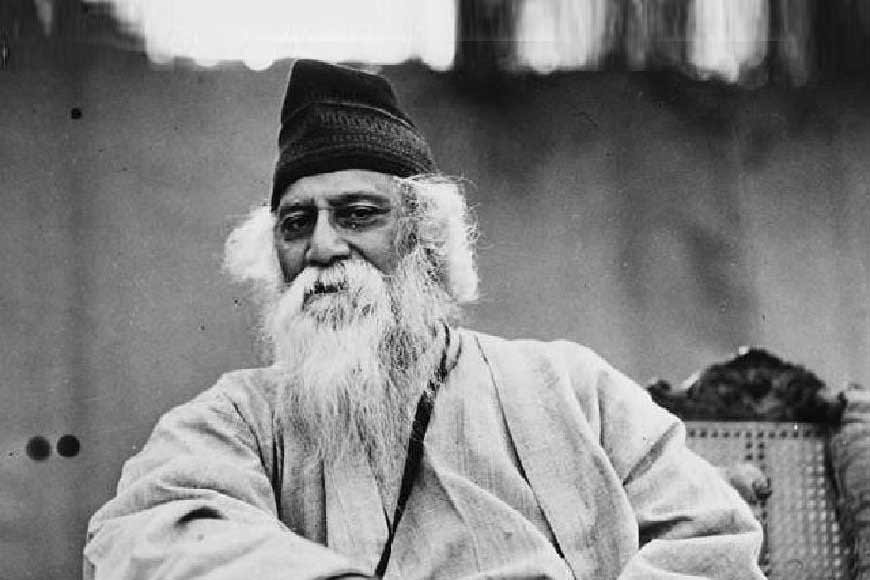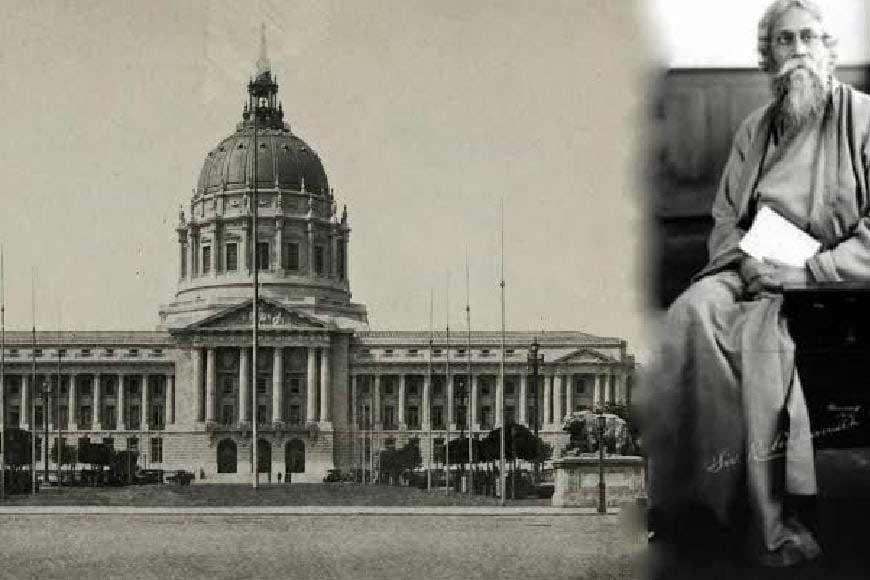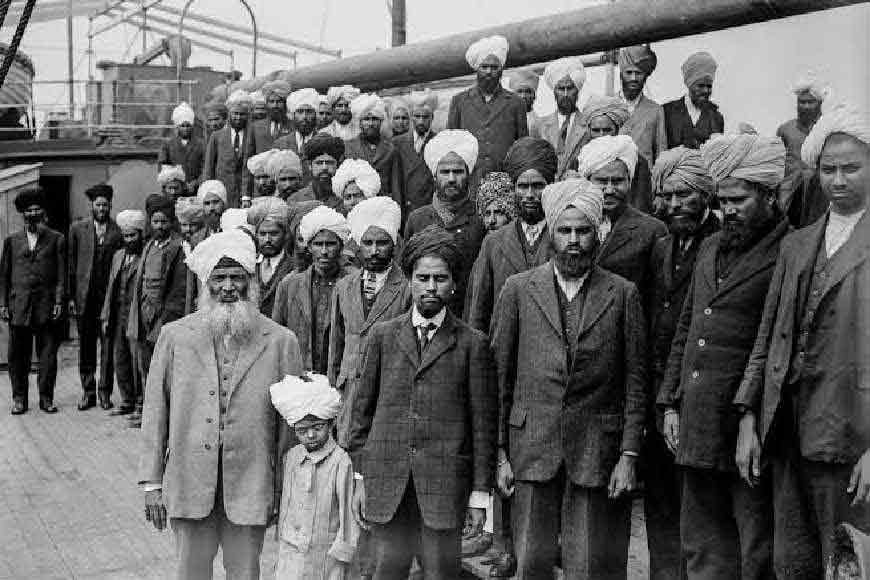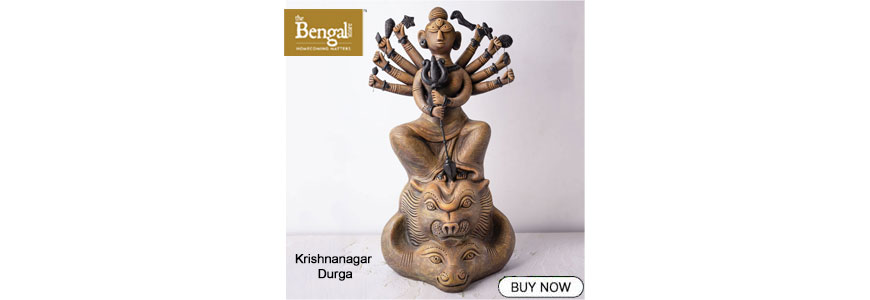When Rabindranath Tagore was named a conspirator in an anti-British trial!

The Partition of Bengal in 1905 was an epoch-making incident. It provided the flare for the rise of extremists in the Indian National Movement. It also led to the rise of nationalist sentiments among students and immigrants beyond specific Indian borders from around the world. Thus, was born a collective movement of expatriate Indians called the 'Ghadar Party', whose aim was to expel the British from India in a revolutionary way. The early movement was created by revolutionaries who lived and worked on the West Coast of the United States and Canada, but the movement later spread to India and Indian diasporic communities around the world. Lala Har Dayal, professor of Indian philosophy and Sanskrit languages at Leland Stanford University, tried to organize immigrants and students while offering nationalist ideas. The official founding has been dated to a meeting on 15 July 1913 in Astoria, Oregon, with the Ghadar headquarters and Hindustan Ghadar newspaper based in San Francisco, California. The Pacific Coast Hindustan Association was formed with Sohan Singh Bhakna as its president.
Following the outbreak of World War I in 1914, some Ghadar party members returned to Punjab to incite armed revolution for Indian Independence. Ghadarites smuggled arms into India and incited Indian troops to mutiny against the British. This uprising, known as the Ghadar Mutiny, was unsuccessful, and 42 mutineers were executed following the Lahore Conspiracy Case trial. From 1914 to 1917 Ghadarites continued underground anti-colonial actions with the support of Germany and Ottoman Turkey, known as the Hindu-German Conspiracy, which led to a sensational trial in San Francisco in 1917. America prosecuted this movement and during the trial, the name of Nobel laureate Rabindranath Tagore came up among the accused. The series of events that led to this unprecedented event has been razed from public memory but is important historically.
Berlin Bharat Committee members Lala Har Dayal, Maulana Barkatullah, Birendranath Chattopadhyay, Raja Mahendra Pratap, Bhai Parmanand, and others often travelled secretly to Moscow, Argentina, Mexico, the Caribbean Islands, and the US where they received all possible support for the armed revolution to topple the imperial government in India. During that time, with the financial support of Germany, the committee members bought shiploads of weapons from China and arranged to send them to the insurgents who were fighting against the British government in India. However, the plan could not be executed as some key conspirators were caught and the secret plan was busted.

Sukumar Chatterjee was a key suspect and the British Intelligence had been shadowing him ever since he entered the US in 1913 and was finally arrested in Bangkok in 1917. Chatterjee admitted to investigators that he had accepted money from a German real estate agent (German diplomats and financiers) and he also said he was assigned to buy and transport arms and ammunition to the rebels in India via Manila and Bangkok.
When Rabindranath landed on US soil for the first time on 27 October 1912, he did not meet Lala Har Dayal, although the poet knew him. However, he met Vasant Kumar Roy, the author of the first Ravi biography written in English. According to Manabendranath Roy's memoirs, Vasant Kumar was not a revolutionary but he was in contact with other Indian revolutionaries. The poet also met Dhan Gopal Mukhopadhyay, who was himself a revolutionary, and through him, all the revolutionaries knew each other.
Rabindranath's second visit to America was much more publicized for being the first Asian to win the Nobel Prize in Literature. It catapulted him to the pinnacle of popularity in America. On September 18, 1916, when he arrived in the US for the second time, news of the huge reception he was accorded was broadcast by the American Press. He arrived in San Francisco on September 30.
During his stop-over in Japan on his way to America, Rabindranath delivered a speech at St. Francis Hotel on October 2 where he condemned staunch nationalism saying "British rule is superior to the Mughal Empire and all other rulers." Not only this, but he also added that "India is not ready for autonomy". This did not go down too well with the Indian diaspora and added fuel to fire. Expatriate revolutionaries became suspicious of the purpose of the poet’s visit and they felt he was an instrument to slow down the Hindu revolution. No stone was left unturned to stop the poet’s oration.
When the chief professor of the 'Khalsa Deewan Society', Bishen Singh Mattu, along with his two companions went to invite Rabindranath to give a lecture at the hotel, they were stopped by Jiwan Singh and H Singh Hatishi, two associates of Ramchandra Bharadwaj, who had succeeded Lala Har Dayal as chief of Ghadar Party. A skirmish ensued and the police had to intervene.
The untoward incident shook Rabindranath who left the city for his own safety. Immediately, the news was printed, 'Hindu Poet Flees from Reported Assassination Plot'. On March 8, 1917, the New York Tribune wrote, 'US Jury Shifting to India Plot to Get Von Eigel's Papers'.
Another news read, 'German plots to aid revolutions in India known at Washington'. On the same date, The Day Book magazine carried a story under the headline 'San Francisco Hindus' Plant Revolution'. The case was investigated and at the end of the probe, it was established that a conspiracy had indeed been hatched by Hindus living in San Francisco to usurp British colonies in India.
On April 8, 1917, The Daily Missourian published that the police had arrested a total of nine people, including Ramchandra. On February 25, 1918, the El Paso Herald newspaper carried a banner heading that said, 'Larsen (Annie Larsen) to Testify in Hindu Plot'. The report had a sub-title, 'Tagore's Testimony'. Rabindranath, who was traveling to Japan at that time, would go to America to give 'testimony', Ramchandra said in his confession.
Two days later, New York Tribune wrote on February 28: 'Tagore Named with Japanese at Plot Trial'. It was subtitled, 'Akuma and Terauchi Figures in Hindu Correspondence'. It was claimed that on the basis of documents recovered by the government, the Indian conspirators were in touch with Japanese Prime Minister Terauchi, former Prime Minister Count Okuma, and Rabindranath.
By the end of February 1918, Rabindranath's name was associated with the Hindu-German conspiracy case. Chandrakant was the miscreant who committed this nefarious crime. He used to receive financial help from Germany to carry out insurgency in India. In a letter dated 21 November 1916, he wrote, “Rabindranath has come at our suggestion and saw Count Okuma, Baron Shimpei Gotoh, Massaburo Suzuki, Marquis Yamanouchi, Count Terauchi and others. Terauchi is favorable and others are sympathetic.” 10 Jan 1917.
Later, in 1917, he wrote to the Ghadar Party Berlin Committee, "Rabindranath Tagore thinks, if he now goes to Sweden, he may be suspected and his usefulness curtailed. His intention is to hasten home and do whatever he can…. We have given him 12,000 dollars."
And this is how the name of Rabindranath Tagore got embroiled in the Hindu-German conspiracy. According to the secret documents of the United States.
The Hindu-German conspiracy trial in the United States began on November 20, 1917. The 155-day trial ended on April 24 next year. The trial cost the US government $450,000. Even for the British, it was a whopping $2.5 million. The defendants in the case included nine German nationals (including several diplomats in consular offices in Washington DC and San Francisco), nine Americans, and 17 Indians, who were mainly activists of the Ghadar Party. Among the Indians were Tarakanath Das, Chandrakant Chakraborty, Ramchandra, Govind Bihari Lal, Bhagwan Singh, Gopal Singh, and Santosh Singh.

The most sensational incident in the case occurred on the day of the verdict in the court premises when Ramchandra was shot dead with a pistol by his accomplice Ram Singh. Later, the officer (marshal) on duty at the court shot down Ram Singh with a pistol. Interestingly, the verdict was announced even before Rabindranath Tagore was aware that his name was involved in the case.
Rabindranath sent a letter and also a telegram to US President Woodrow Wilson on May 11, 1918, after receiving the news. He also sent him a telegram thinking that the letter might be delayed. Later, on 17 June, the private secretary to the then-Viceroy and Governor General of India, Lord Chelmsford, sent Rabindranath a condolence telegram, expressing regret at the association of Rabindranath's name and assuring him that he (the poet) was free from all charges and that’s how the matter was sorted out.










